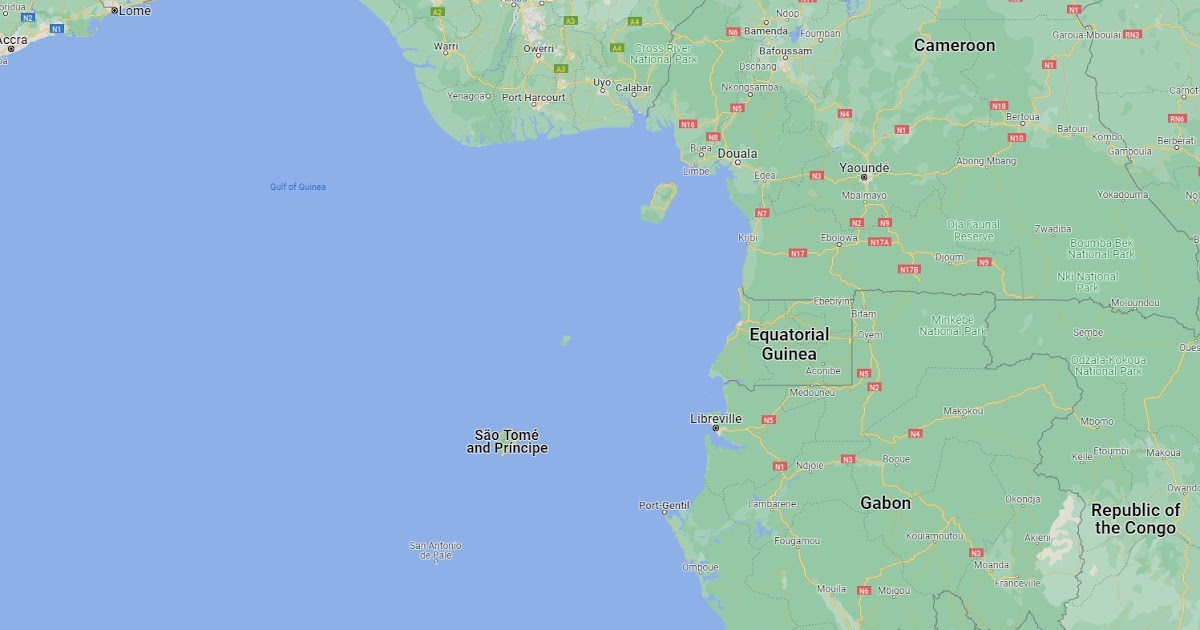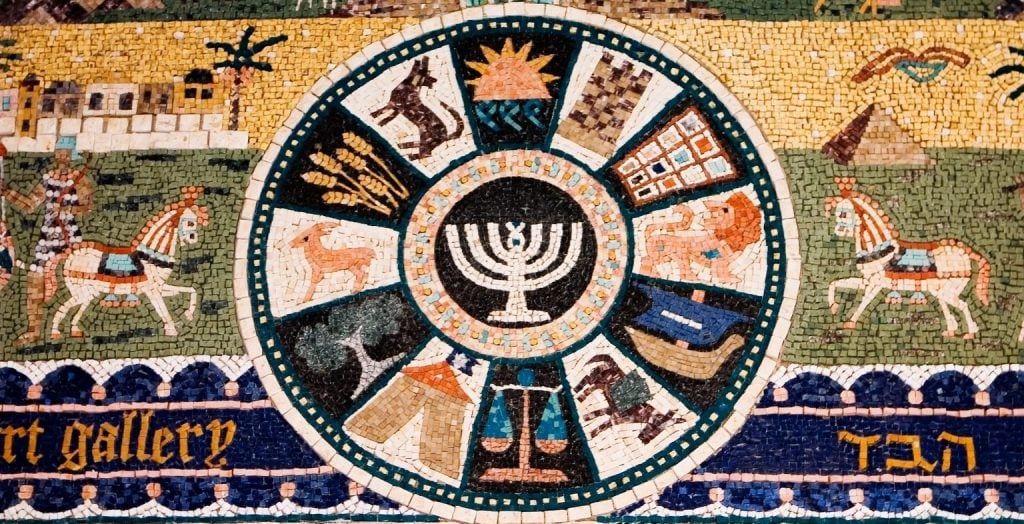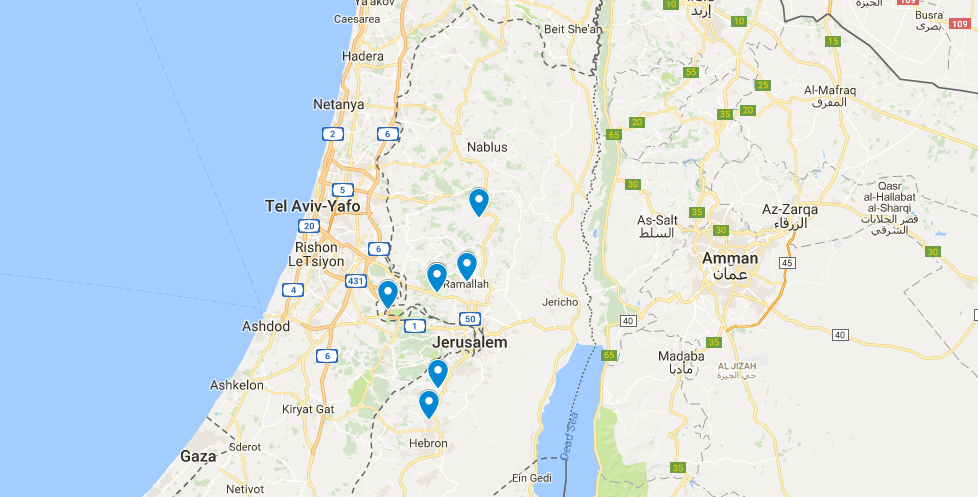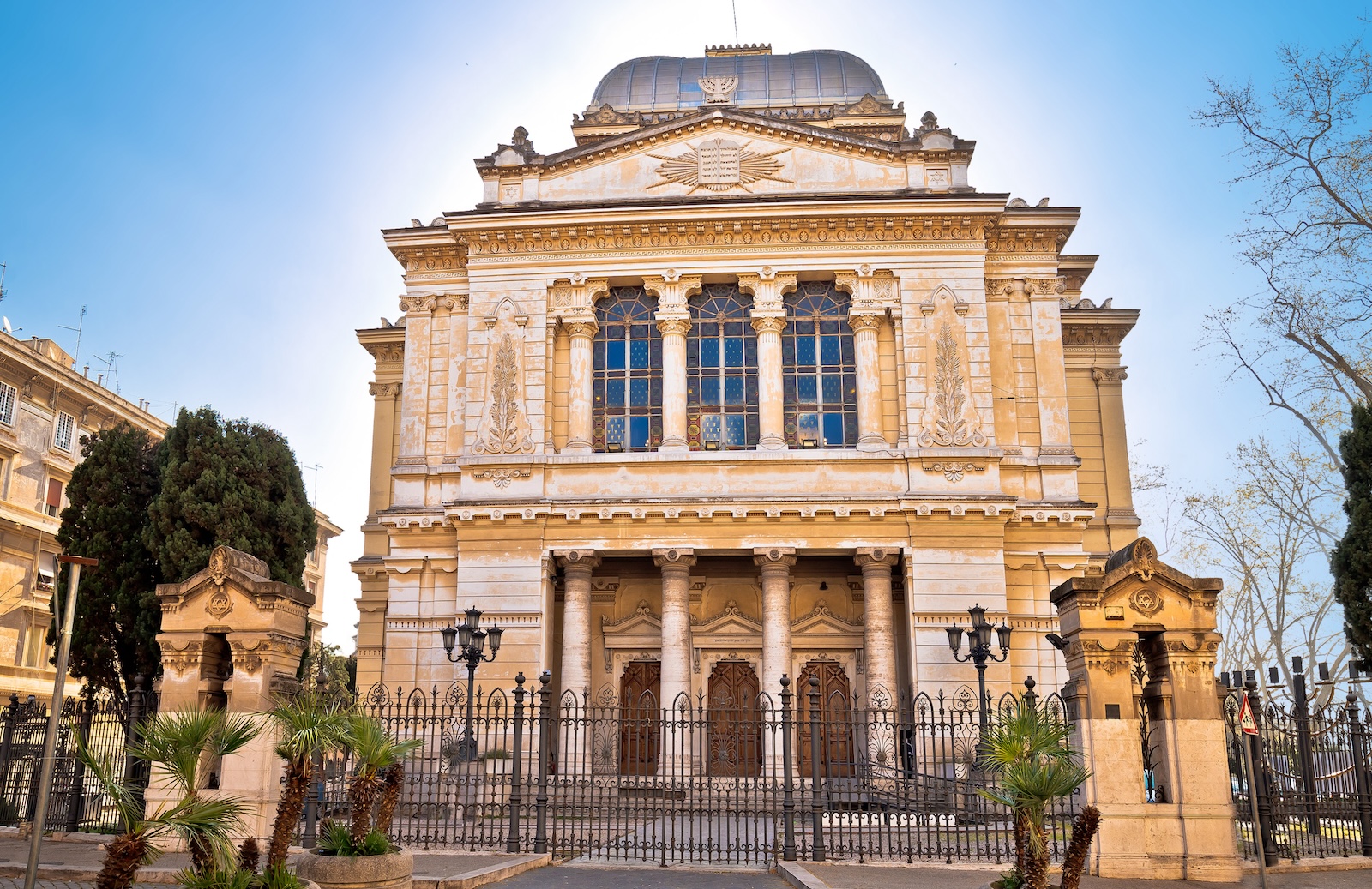terrible indeed!Kristallnacht (1938)
On this night in 1938 and continuing into the next day -- November 9 on the secular calendar -- the Nazis coordinated vicious pogroms against the Jewish community of Germany. Encouraged by their leaders, rioters attacked and beat Jewish residents, burned and destroyed 267 synagogues, vandalized 7,500 Jewish businesses, and ransacked countless Jewish cemeteries, hospitals, schools, and homes, while police and firefighters stood by. Ninety-one Jews were killed and 20,000 others were deported to concentration camps.
These pogroms, which collectively came to be known as Kristallnacht (“night of broken glass,” referring to the thousands of windows that were broken) were a turning point after which Nazi anti-Jewish policy intensified.
Navigation
Install the app
How to install the app on iOS
Follow along with the video below to see how to install our site as a web app on your home screen.

Note: This feature currently requires accessing the site using the built-in Safari browser.
More options
You are using an out of date browser. It may not display this or other websites correctly.
You should upgrade or use an alternative browser.
You should upgrade or use an alternative browser.
Jewish History
- Thread starter Sixties Fan
- Start date
Sixties Fan
Diamond Member
- Mar 6, 2017
- 55,309
- 10,572
- 2,140
- Thread starter
- #582
Sixties Fan
Diamond Member
- Mar 6, 2017
- 55,309
- 10,572
- 2,140
- Thread starter
- #583
Part 1
In 2004, The New York Times reviewed an exhibition at the New York Public Library that mentions this amazing detail:

São Tomé is an island that is off of what is now Gabon.
A master's thesis by Arinze D. Amanfo, Florida International University, explains further:

 elderofziyon.blogspot.com
elderofziyon.blogspot.com
In 2004, The New York Times reviewed an exhibition at the New York Public Library that mentions this amazing detail:
Jews entering Portugal after being expelled from Spain in 1492 were heavily taxed. If Jews could not pay, their sons, ages 2 to 10, were enslaved and sent to São Tomé, a Portuguese outpost, where they were raised as Roman Catholics while having to fend off crocodiles and work in the sugar trade. Within a year only 600 children remained alive out of the 2,000 exiled. Additional slaves were brought from the African mainland. In a generation, the island became the world's biggest sugar exporter. (Relics of Jewish ritual survived there for centuries.)

São Tomé is an island that is off of what is now Gabon.
A master's thesis by Arinze D. Amanfo, Florida International University, explains further:
The majority of the Jews from Spain fleeing the Inquisition and expulsion emigrated to Portugal. They choose Portugal with the hopes for a better life and perhaps toleration. It is important to note that there were Jews already living in Portugal. However, the Jews of Portugal fared a lot better than their counterparts in Spain did. Although they were also relegated to their quarters and made to wear stipulated apparel, they were allowed to conduct their religious affairs themselves. Unfortunately, they soon suffered a similar fate, when the Jews of Spain joined them upon their expulsion from Spain.
Before this expulsion, King John II had allowed the Jewish refugees to remain in Portugal. The arrangement for their stay was negotiated with the Monarchy. This involved the payment of a head tax or ‘coima' by the Jews. By 1493, many of these refugees could not pay this ransom. Perhaps this was due to the short ultimatum given to them by the Spanish Monarchy, which impoverished many of them. Gerber narrates that alongside the payment of an expensive tax, the King gave an eight-month-long reprieve period to allow the Jews to stay. Upon the expiration of this period, the King accused them of non-fulfillment of their part of the negotiation.
According to Garcia de Resende, the official chronicler of King John II, in 1493, those who refused to convert and could not pay the stipulated fee, had their children taken away from them, baptized by force, and deported to São Tomé. They were forcefully baptized so they could be raised as Christians and help populate the island that the King had just leased to Alvaro de Caminha at an annual rent of 100,000 reis.61The island of São Tomé was uninhabited at the time of its purchase in 1470 by the Portuguese crown. However, it was a fertile land, which needed cultivation. The expulsion and subsequent enslavement of these children were likely orchestrated to meet what appeared to be an opportunity for the crown to populate and exploit the fertile land to benefit Portugal.
Before the expulsion of the Sephardic children, Caminha had been empowered to populate the land by other means. He had sent condemned criminals, who were called ‘degredados’, prostitutes and other laborers to help populate and cultivate the land. However, he needed more hands. According to Garfield, this was not the real reason the King ordered the abduction of the Sephardic children. The supposed enforcement of religious purity was what drove his hand to make such a decision.

Jewish children from Portugal were slaves in Africa
Blogging about Israel and the Arab world since, oh, forever.
Sixties Fan
Diamond Member
- Mar 6, 2017
- 55,309
- 10,572
- 2,140
- Thread starter
- #584
Part 2
Samuel Usque, a Portuguese Jewish chronicler, described the scene of the Jewish children being stolen from their mothers:

 elderofziyon.blogspot.com
elderofziyon.blogspot.com
Samuel Usque, a Portuguese Jewish chronicler, described the scene of the Jewish children being stolen from their mothers:
Apparently the children eventually disappeared as a separate group, they maintained some semblance of Jewish ritual for several centuries. Other Sephardic Jews did move to the island and prospered for a while as well.The island of São Tomé had recently been discovered. It was inhabited by lizards, snakes, and other venomous reptiles, and was devoid of rational beings. Here the king exiled condemned criminals, and he decided to include among them the innocent children of these Jews. Their parents had seemingly been condemned by God’s sentence. --When the luckless hour arrived for this barbarity to be inflicted, mothers scratched their faces in grief as their babes, less than three years old, were taken from their arms. Honored elders tore their beards when the fruit of their bodies was snatched, before their eyes. The fated children raised their piercing cries to heaven as they were mercilessly torn from their beloved parents—Several women threw themselves at the king’s feet, begging for permission to accompany their children, but not even this moved the king’s pity. One mother, distraught by this horrible unexplained cruelty, lifted her baby in her arms, and paying no heed to its cries, threw herself from the ship into the heaving sea, and drowned embracing her only child.

Jewish children from Portugal were slaves in Africa
Blogging about Israel and the Arab world since, oh, forever.
Sixties Fan
Diamond Member
- Mar 6, 2017
- 55,309
- 10,572
- 2,140
- Thread starter
- #585
Today in Jewish History
• Kamenitz-Podolsk Talmuds Saved (5518/1757)As a result of the libelous slander of the Frankists (followers of Sabbatai Zevi, the archbishop of Kamenitz decreed that all Hebrew books of the communities in his jurisdiction should be burned. On this day, he suffered a miraculous downfall and the decree was annulled. (Imrei Pinchas, 2003 ed., vol. 1, pp. 496–498)
• Pnei Yehoshua Saved (5463/1702)
The explosion of some barrels of gunpowder that had been caught on fire resulted in the collapse of a number of nearby buildings, placing Rabbi Yaakov Yehoshua Falk in mortal danger. In distress, he pledged that if he would survive, he would commit himself to studying the Talmud and its commentaries. He was miraculously saved, and went on to author his classic Talmudic commentary, Pnei Yehoshua. (Introduction of the author to the above work)
• Temple Cleared in Chanukah Miracle (3622/-139)
After overcoming the Greek forces, the Hasmoneans cleared the Temple from the idolatrous images that had been erected there. (Megilat Taanit ch. 9)
Sixties Fan
Diamond Member
- Mar 6, 2017
- 55,309
- 10,572
- 2,140
- Thread starter
- #586
The roots of organized conflict in the Southern Levant go back to at least the late Stone Age, according to a recently released study by Israel Antiquities Authority researchers.
The study examined hundreds of slingshot stones found at two large prehistoric sites in Israel: Ein Zippori in the lower Galilee and Ein Esur in the northern Sharon plain. The stones date from around 7,200 years ago, during the Early Chalcolithic period (c. 5800–4500 BCE).
The researchers found that the stones were nearly identical in size, shape and composition, indicating they were mass-produced in an organized fashion, almost certainly with warfare in mind.
(full article online)
Archaeologists find earliest evidence of mass weapons production in Stone Age Israel
Huge caches of uniformly designed sling stones from 7,200 years ago indicate organized production of missiles, the earliest evidence of warfare in the Southern Levant
Sixties Fan
Diamond Member
- Mar 6, 2017
- 55,309
- 10,572
- 2,140
- Thread starter
- #587

Who Were the Twelve Tribes of Israel? | Judaica Webstore Blog
Curious about the famous Biblical 12 Tribes of Israel? We have your primer on their origins, their significance and symbolism today, and who their modern descendants are! Biblical Origins The Tribes of Israel, or in Hebrew Shivtei Yisrael, were the descendants of the 12 sons of our Biblical...
blog.judaicawebstore.com
Sixties Fan
Diamond Member
- Mar 6, 2017
- 55,309
- 10,572
- 2,140
- Thread starter
- #588
Sixties Fan
Diamond Member
- Mar 6, 2017
- 55,309
- 10,572
- 2,140
- Thread starter
- #589
Today in Jewish History
• Alexander in Jerusalem (313 BCE)On Kislev 21 of the year 3448 from creation (313 BCE), there occurred the historic meeting between Shimon HaTzaddik and Alexander ('the Great") of Macedonia. (Source: Megillat Taanit)
The Samarians, bitter enemies of the Jews, had convinced Alexander that the Jews' refusal to place his image in their Temple was a sign of rebellion against his sovereignty, and that the Holy Temple should be destroyed. The Kohen Gadol ("High Priest") at the time was Shimon HaTzaddik, the last of the "Men of the Great Assembly" who rebuilt the Holy Temple and revitalized Judaism under Ezra. On the 21st of Kislev Alexander marched on Jerusalem at the head of his army; Shimon, garbed in the vestments of the High Priest and accompanied with a delegation of Jewish dignitaries, went forth to greet him. The two groups walked towards each other all night; at the crack of dawn they met. As Alexander beheld the visage of the High Priest, he dismounted his horse and bowed respectfully; to his men he explained that he often had visions of a similar-looking man leading him into battle. Shimon HaTzaddik brought the emperor to the Holy Temple and explained that Judaism prohibits the display of any graven image; he offered to name all the male children born to priests that year "Alexander" as a demonstration of loyalty to the emperor (which is how "Alexander" became a common Jewish name). The Samarians plot was rebuffed, and Kislev 21 was declared a holiday.
According to an alternative version (see Talmud Yoma 69a), this episode occurred on the 25th of Tevet.
Sixties Fan
Diamond Member
- Mar 6, 2017
- 55,309
- 10,572
- 2,140
- Thread starter
- #590

This Map Shows Where the Hanukkah Story Happened | My Jewish Learning
The Hanukkah story began with a confrontation in Modi’in in roughly 168 BCE and ended several years later, when the ...
Sixties Fan
Diamond Member
- Mar 6, 2017
- 55,309
- 10,572
- 2,140
- Thread starter
- #591
Today in Jewish History
• Jews Accused of Poisoning the Wells during the Black Plague (1348)As the “Black Death” plague decimated Europe, Christians accused the Jews of causing the plague by poisoning the wells in an effort to wipe out the Gentile population.
On the 23rd of Kislev 5109 (Nov. 15, 1348), Rudolph of Oron, bailiff of Lausanne, sent a letter to the mayor of Strasburg informing him that certain Jews of Lausanne had “confessed” under torture that they together with their coreligionists had poisoned all the wells in the Rhine valley. This resulted in the masses persecuting and killing tens of thousands of Jews throughout Europe.
Sixties Fan
Diamond Member
- Mar 6, 2017
- 55,309
- 10,572
- 2,140
- Thread starter
- #592
Chanukah Miracle (139 BCE)
On the 25th of Kislev in the year 3622 from creation, the Maccabees liberated the Holy Temple in Jerusalem, after defeating the vastly more numerous and powerful armies of the Syrian-Greek king Antiochus IV, who had tried to forcefully uproot the beliefs and practices of Judaism from the people of Israel. The victorious Jews repaired, cleansed and rededicated the Temple to the service of G-d. But all the Temple's oil had been defiled by the pagan invaders; when the Jews sought to light the Temple's menorah (candelabra), they found only one small cruse of ritually pure olive oil. Miraculously, the one-day supply burned for eight days, until new, pure oil could be obtained. In commemoration, the Sages instituted the 8-day festival of Chanukah, on which lights are kindled nightly to recall and publicize the miracle.
On the 25th of Kislev in the year 3622 from creation, the Maccabees liberated the Holy Temple in Jerusalem, after defeating the vastly more numerous and powerful armies of the Syrian-Greek king Antiochus IV, who had tried to forcefully uproot the beliefs and practices of Judaism from the people of Israel. The victorious Jews repaired, cleansed and rededicated the Temple to the service of G-d. But all the Temple's oil had been defiled by the pagan invaders; when the Jews sought to light the Temple's menorah (candelabra), they found only one small cruse of ritually pure olive oil. Miraculously, the one-day supply burned for eight days, until new, pure oil could be obtained. In commemoration, the Sages instituted the 8-day festival of Chanukah, on which lights are kindled nightly to recall and publicize the miracle.
Sixties Fan
Diamond Member
- Mar 6, 2017
- 55,309
- 10,572
- 2,140
- Thread starter
- #593
3rd Day of Chanukah Miracle (139 BCE)
On the 25th of Kislev in the year 3622 from creation, the Maccabees liberated the Holy Temple in Jerusalem, after defeating the vastly more numerous and powerful armies of the Syrian-Greek king Antiochus IV, who had tried to forcefully uproot the beliefs and practices of Judaism from the people of Israel. The victorious Jews repaired, cleansed and rededicated the Temple to the service of G-d. But all the Temple's oil had been defiled by the pagan invaders; when the Jews sought to light the Temple's menorah (candelabra), they found only one small cruse of ritually pure olive oil. Miraculously, the one-day supply burned for eight days, until new, pure oil could be obtained. In commemoration, the Sages instituted the 8-day festival of Chanukah, on which lights are kindled nightly to recall and publicize the miracle.
On the 25th of Kislev in the year 3622 from creation, the Maccabees liberated the Holy Temple in Jerusalem, after defeating the vastly more numerous and powerful armies of the Syrian-Greek king Antiochus IV, who had tried to forcefully uproot the beliefs and practices of Judaism from the people of Israel. The victorious Jews repaired, cleansed and rededicated the Temple to the service of G-d. But all the Temple's oil had been defiled by the pagan invaders; when the Jews sought to light the Temple's menorah (candelabra), they found only one small cruse of ritually pure olive oil. Miraculously, the one-day supply burned for eight days, until new, pure oil could be obtained. In commemoration, the Sages instituted the 8-day festival of Chanukah, on which lights are kindled nightly to recall and publicize the miracle.
Sixties Fan
Diamond Member
- Mar 6, 2017
- 55,309
- 10,572
- 2,140
- Thread starter
- #594
Alfred Dreyfus Dismissed from Military (1895)
Alfred Dreyfus, a captain in the French Army, was falsely accused of treason, largely on account of his Jewish identity. On this date, he was formally stripped from his rank, following which he was deported to Devil’s Island, where he languished for over four years. The case and its aftermath, known as the Dreyfus Affair, served as a poignant reminder that despite modern promises of equality and progress, anti-Semitism was still prevalent and Jews were unable to fully integrate into European society.
Alfred Dreyfus, a captain in the French Army, was falsely accused of treason, largely on account of his Jewish identity. On this date, he was formally stripped from his rank, following which he was deported to Devil’s Island, where he languished for over four years. The case and its aftermath, known as the Dreyfus Affair, served as a poignant reminder that despite modern promises of equality and progress, anti-Semitism was still prevalent and Jews were unable to fully integrate into European society.
Sixties Fan
Diamond Member
- Mar 6, 2017
- 55,309
- 10,572
- 2,140
- Thread starter
- #595

The Jews of Italy | My Jewish Learning
The Jewish presence on the Italian peninsula dates back to ancient Roman times. The Jews of Italy’s capital city claim ...
Sixties Fan
Diamond Member
- Mar 6, 2017
- 55,309
- 10,572
- 2,140
- Thread starter
- #596

The new Jews of Porto: How the Portuguese city built a Jewish community from scratch - Jewish Telegraphic Agency
Over the past decade, a community of roughly 1,000 Jews has materialized in Porto, thanks to a law that since 2015 has allowed the return of people whose ancestors were expelled during the Portuguese Inquisition.
Sixties Fan
Diamond Member
- Mar 6, 2017
- 55,309
- 10,572
- 2,140
- Thread starter
- #597

Elliott Erwitt, acclaimed American photographer, dies at 95
The photographer’s storied career included defining pictures of Marilyn Monroe, Richard Nixon and a host of dogs
Sixties Fan
Diamond Member
- Mar 6, 2017
- 55,309
- 10,572
- 2,140
- Thread starter
- #598
Today in Jewish History
• First New York Synagogue (1728)In 1684, a group of Spanish and Portuguese Jews who fled the Inquisition (see "Today in Jewish History" for Tevet 22) held a Rosh Hashanah service in New Amsterdam, thereby founding congregation Shearith Israel ("Remnant of Israel"). On this 17th of Tevet in 1728, the congregation purchased a lot in Lower Manhattan to erect the first synagogue in New York.
Sixties Fan
Diamond Member
- Mar 6, 2017
- 55,309
- 10,572
- 2,140
- Thread starter
- #599
Today in Jewish History
• Huna Killed (469)The Exilarch ("Reish Galuta") of Babylonian Jewry, Huna Mori bar Mar Zutra, was executed in Pumpadita by order of the Persian emperor on the 18th of Tevet of the year 4229 from creation (469 of the common era). Also killed on that day was Rav Mesharshia bar Pekod (the third Jewish leader who was arrested with them, Rav Ameimar bar Mar Yenuka, was executed two months later).
Today in Jewish History
• First New York Synagogue (1728)
In 1684, a group of Spanish and Portuguese Jews who fled the Inquisition (see "Today in Jewish History" for Tevet 22) held a Rosh Hashanah service in New Amsterdam, thereby founding congregation Shearith Israel ("Remnant of Israel"). On this 17th of Tevet in 1728, the congregation purchased a lot in Lower Manhattan to erect the first synagogue in New York.
They arrived with their slaves in New Amsterdam around 1630 from Recife, Brazil. There were 15 families.
Similar threads
- Replies
- 15
- Views
- 206
- Replies
- 29
- Views
- 206
- Replies
- 18
- Views
- 194
- Replies
- 8
- Views
- 102
Latest Discussions
- Replies
- 39
- Views
- 110
- Replies
- 0
- Views
- 1
- Replies
- 25
- Views
- 72
Forum List
-
-
-
-
-
Political Satire 8171
-
-
-
-
-
-
-
-
-
-
-
-
-
-
-
-
-
-
-
ObamaCare 781
-
-
-
-
-
-
-
-
-
-
-
Member Usernotes 475
-
-
-
-
-
-
-
-
-
-